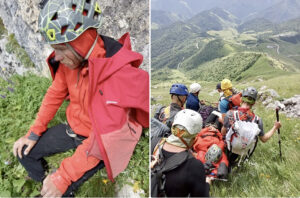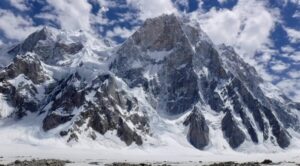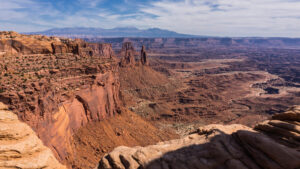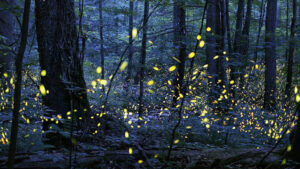An avalanche on Ecuador’s highest peak, Chimborazo (6,263m), collided with 16 alpinists on Sunday, October 24. At the time of writing, three climbers were confirmed deceased, three were undergoing intense medical care, and three remained unaccounted for, according to Quito emergency responders.
The mountaineering group was at 6,100m, just 160m below the summit at the time. Authorities have not released the climbers’ identities, but all are believed to be Ecuadorean nationals.
Chimborazo, in the Cordillera range of the Andes, is an inactive stratovolcano. The caldera last erupted around 550 A.D. and typically lies dormant for 1,000 years between eruptions. Volcanic activity was not at play here.
Instead, bad weather and snow melt reportedly caused Sunday’s avalanche. Experts with the Geophysical Institute of Quito explained that Chimborazo’s corniced summit and severely steep grade make this peak especially dangerous.
Chimborazo’s past avalanches, eruptions

A vicuña below Chimborazo. Photo: David Torres Costales Riobamba/Creative Commons
This is not the first time that an avalanche on Chimborazo has proven deadly. In the 1970s, a passenger plane carrying 59 people slammed into the mountainside, which an avalanche had obscured from the pilots’ view. Authorities didn’t uncover the wreckage until 2003.
In 1994, an avalanche killed a group of 10 international ascensionists.
In 2015, climbers discovered at around 5,500m the remains of three people who perished 20 to 30 years earlier.






